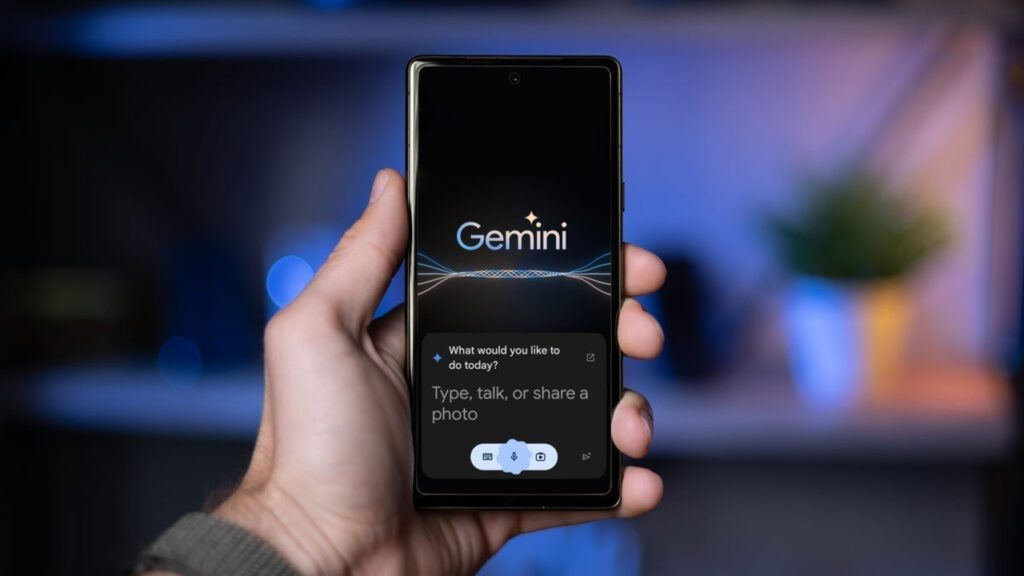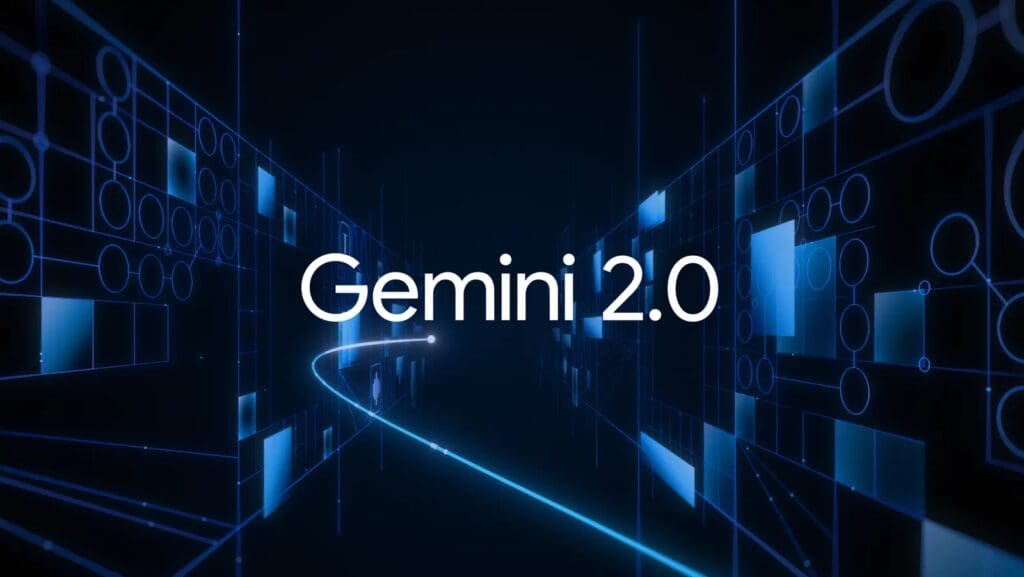Starknet Upgrades To V0.13.5, Improving Transaction Costs And Developer Experience
Alisa Davidson
Published: March 26, 2025 at 10:41 am Updated: March 26, 2025 at 10:42 am

Edited and fact-checked:
March 26, 2025 at 10:41 am
In Brief
Starknet has released the v0.13.5 upgrade on mainnet, ensuring it maintains cost-efficiency even as demand for Ethereum blobs grows by optimizing blob usage through state diff compression.

Ethereum Layer 2 network, Starknet has announced the release of its v0.13.5 upgrade on mainnet, bringing improvements to transaction costs and the developer experience (DevX). This upgrade ensures Starknet maintains its cost-efficiency even as demand for Ethereum blobs grows, by optimizing blob usage through state diff compression. Additionally, the upgrade introduces the concept of Layer 2 gas, laying the foundation for future fee markets.
The v0.13.5 upgrade continues Starknet’s focus on keeping fees low by enhancing the way data is submitted to Ethereum. Through the optimization of blob usage, the impact of rising blob costs is reduced, making transactions more affordable. This update builds on the stateless compression introduced in v0.13.3, incorporating stateful compression, which improves the efficiency of storage key encoding over time by minimizing redundancy in state updates.
Stateful compression tracks and optimizes the appearance of storage keys across multiple updates. Instead of repeatedly writing the full storage key in the state diff, Starknet now references it with an “alias” (a small integer), allowing more diffs to be packed into each Ethereum blob and reducing Layer 1 costs.
With this upgrade, Starknet ensures that its transactions remain cost-effective, even amid increasing Ethereum data costs, reinforcing its position as a long-term, scalable solution for cost-efficient Ethereum scaling.
Starknet v0.13.5: Introducing Layer 2 Gas And Error Handling For Improved Developer Experience
Additionally, this upgrade sets the stage for future developments. One key addition is Layer 2 gas, a new resource model introduced in v0.13.5, which will form the core of Starknet’s upcoming fee market in v0.14.0. This shift is aimed at making fees more predictable, scalable, and sustainable, helping reduce volatility over time and paving the way for a more efficient and stable fee market.
Beyond fee optimizations, v0.13.5 brings an improvement for developers in terms of contract execution: error handling. Smart contracts can now catch errors, preventing immediate execution halts.
This capability to handle and respond to execution errors provides a more flexible and robust developer experience. It gives developers greater control over execution flow, allowing them to write more resilient applications that can address unexpected issues, rather than merely reverting transactions.
This change is part of Starknet’s broader goal to improve its developer ecosystem by making it more intuitive and user-friendly. Alongside error handling, v0.13.5 introduces a new Wallet-Dapp application programming interface (API), which simplifies interactions between wallets and decentralized applications (dApps). By eliminating strict dependencies on specific versions of Starknet.js, this update ensures a unified standard across the ecosystem and facilitates smoother integrations between dApps and wallets.
While v0.13.5 introduces key improvements, it also lays the groundwork for even more important developments in the future. One of the most notable upcoming features is Cairo-native execution, which enhances performance by allowing contracts to run as native machine code rather than being processed by the Cairo VM. Although this optimization is still in the testing phase and hasn’t yet been activated on the mainnet, it marks a clear step in Starknet’s direction towards increased throughput, faster execution, and a network that can scale more easily.
With the upcoming v0.14.0 release, Starknet plans to introduce 2-second blocks, a fee market, and additional efficiency upgrades. Each successive update brings Starknet closer to its goal of becoming a scalable, cost-efficient, developer-friendly blockchain network built for long-term sustainability.
Disclaimer
In line with the Trust Project guidelines, please note that the information provided on this page is not intended to be and should not be interpreted as legal, tax, investment, financial, or any other form of advice. It is important to only invest what you can afford to lose and to seek independent financial advice if you have any doubts. For further information, we suggest referring to the terms and conditions as well as the help and support pages provided by the issuer or advertiser. MetaversePost is committed to accurate, unbiased reporting, but market conditions are subject to change without notice.
About The Author
Alisa, a dedicated journalist at the MPost, specializes in cryptocurrency, zero-knowledge proofs, investments, and the expansive realm of Web3. With a keen eye for emerging trends and technologies, she delivers comprehensive coverage to inform and engage readers in the ever-evolving landscape of digital finance.
More articles

Alisa Davidson

Alisa, a dedicated journalist at the MPost, specializes in cryptocurrency, zero-knowledge proofs, investments, and the expansive realm of Web3. With a keen eye for emerging trends and technologies, she delivers comprehensive coverage to inform and engage readers in the ever-evolving landscape of digital finance.
















 Kelp – $1.2B+ rsETH TVL, 300K+ restakers
Kelp – $1.2B+ rsETH TVL, 300K+ restakers
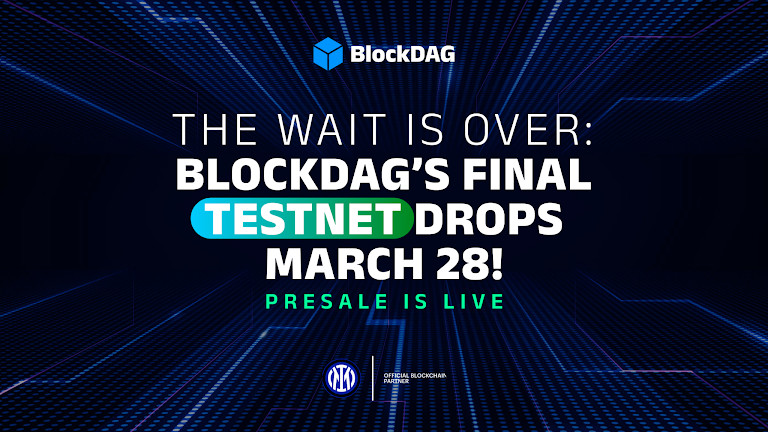


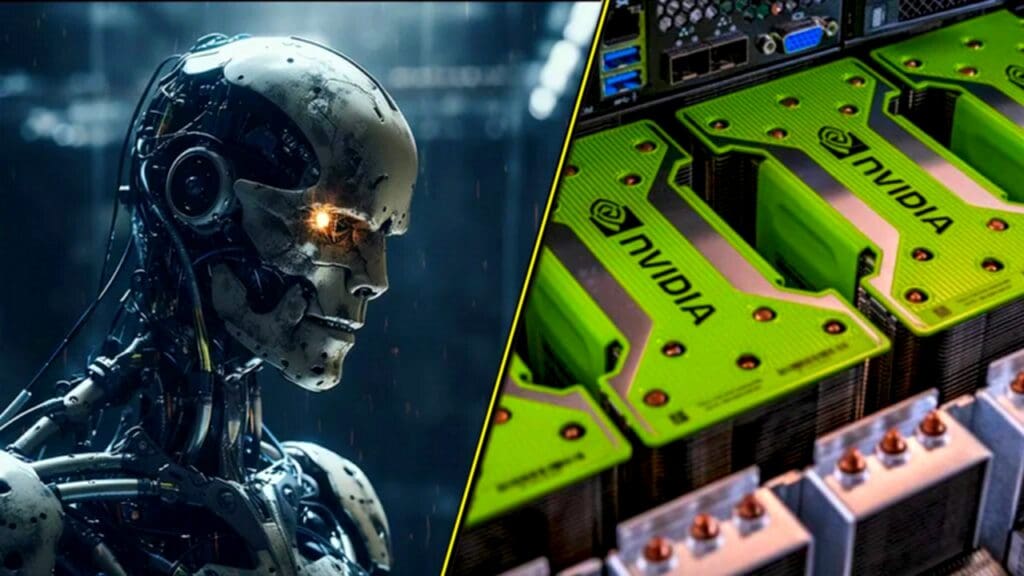

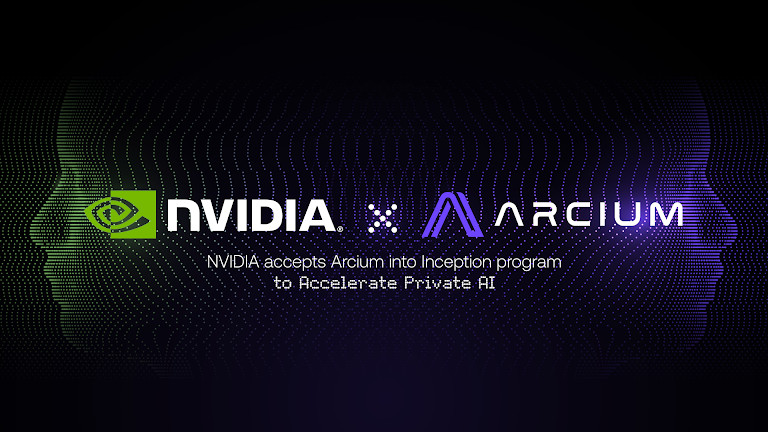

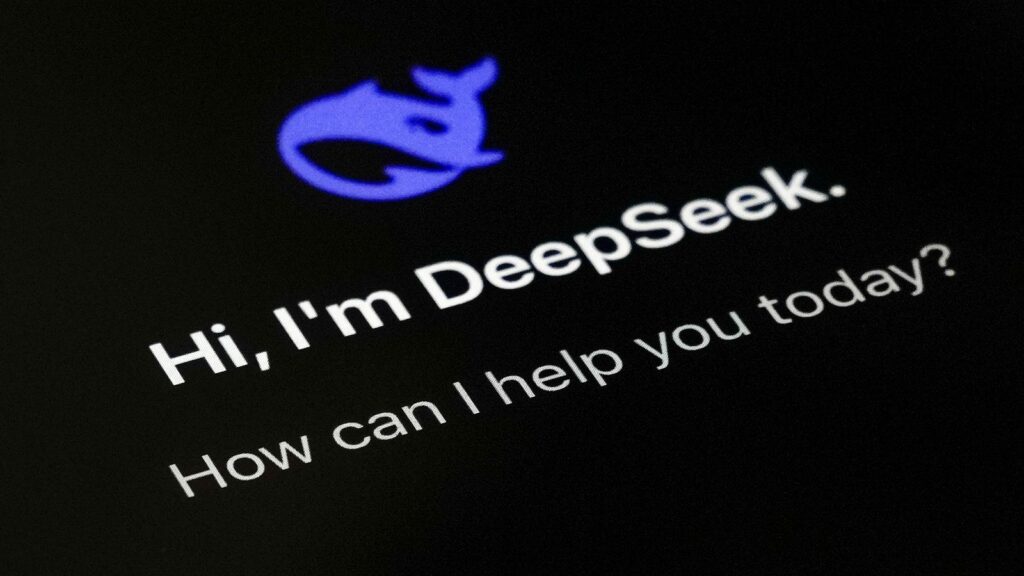

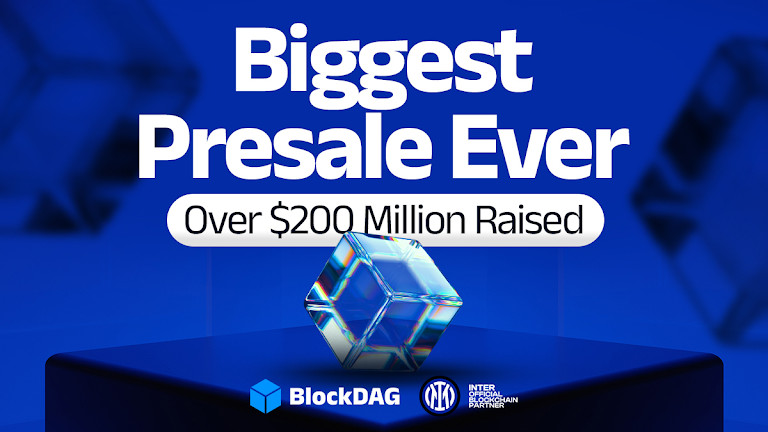


 ALERT
ALERT



